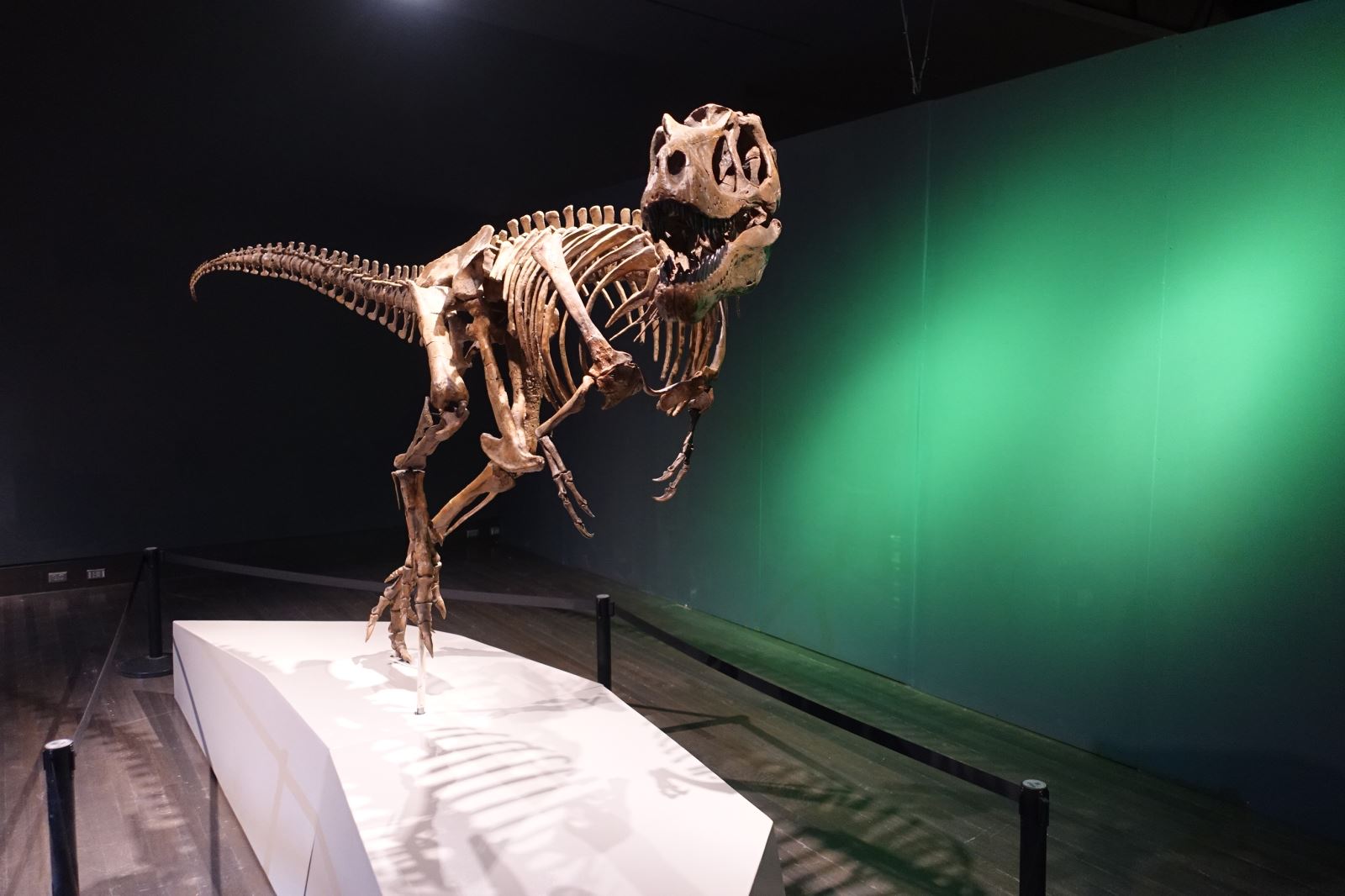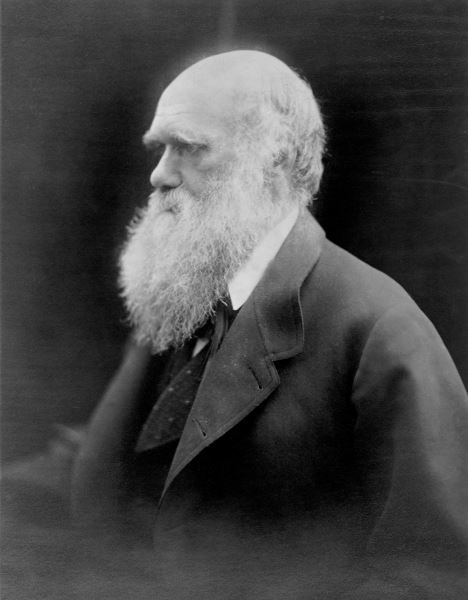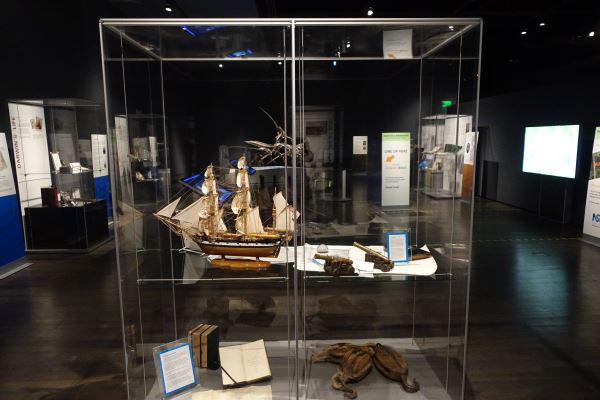
By now, if you’ve been reading past issues of Idaho Falls magazine, you’ve heard about the Museum of Idaho’s (MOI) expansion. The new space will provide X amenities and Y benefits. It’s all bigger and better. But obviously, a museum is only as good as its contents. So you’d be wise to ask just how the museum plans to fill its new spaces, such as the new two-story traveling exhibit hall.
 You only get one chance to make a first impression, they say, so the museum is aiming high with the first exhibit to grace the new space. It’s called Darwin and Dinosaurs.
You only get one chance to make a first impression, they say, so the museum is aiming high with the first exhibit to grace the new space. It’s called Darwin and Dinosaurs.
At first glance, those two words might not seem to go together, but in fact, they are two parts of a story that forever altered our understanding of the world. Charles Darwin grew up in England in the early 19th century and became fascinated with geology and biology just as scientists in those fields were making huge discoveries. Geologist James Hutton had realized the world was not thousands, but millions of years old. And three British scientists discovered teeth and bones that were far too big to belong to any living animal. Suddenly, society had to grapple with the knowledge that ancient beasts existed, that species could go extinct, and that the world changes over time. Armed with his studies and this knowledge, Darwin boarded HMS Beagle and set out on a five-year global quest to learn more.
From then until today, many have misunderstood Darwin and his discoveries, and what they do and do not say about life on Earth. However, few things are as simple as they seem. Whatever you think you know about Darwin, the museum invites you to come in, learn more, and discuss. When considering this exhibit as a possibility, MOI reached out to local religious leaders and was pleased to receive their unanimous support. A lineup of distinguished speakers (including from BYU) will also provide their perspectives on the value of truly engaging with Darwin’s work.
 The exhibit includes casts of 13 unique and sometimes lesser-known dinosaurs, such as an albertosaurus (a member of the tyrannosaurus family), and a pteranodon with a 24-foot wingspan. It also includes several dozen items from Darwin’s life, work, and voyage on the Beagle – fascinating items like letters, scientific instruments, fossils, and a first-edition copy of On the Origin of Species, his book that changed everything.
The exhibit includes casts of 13 unique and sometimes lesser-known dinosaurs, such as an albertosaurus (a member of the tyrannosaurus family), and a pteranodon with a 24-foot wingspan. It also includes several dozen items from Darwin’s life, work, and voyage on the Beagle – fascinating items like letters, scientific instruments, fossils, and a first-edition copy of On the Origin of Species, his book that changed everything.
If the dinosaurs aren’t enough to hook the kids, the exhibit also features interactive technology, including a 12-by-7-foot touchscreen game called Hungry Birds, which uses fast-paced play to help visitors understand Darwin’s most enduring contribution to science: the theory of natural selection.
Other scientists had already noticed that species evolve over time, but Darwin’s theory was the first to explain how and why. It goes like this: some members of a species have special traits that make them more likely to survive and procreate, thus passing those traits down to the next generation. Each generation is then a little better equipped than the previous one. Meanwhile, the average or weak members are less likely to survive, and their mediocre traits eventually thin out or go away completely.
It’s a simple idea with echoes far beyond biology. “Change is inevitable because the world around us keeps changing,” said Rod Hansen, MOI Director of Exhibitions. “Whether you're dealing with individuals, museums, or species, if one fights change too long, extinction is inevitable.”
Darwin and Dinosaurs and the new exhibit hall open to the public September 28.